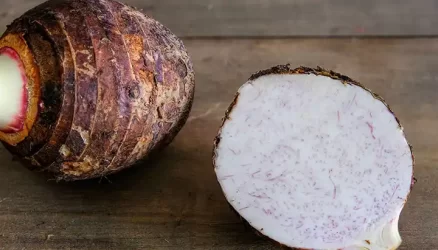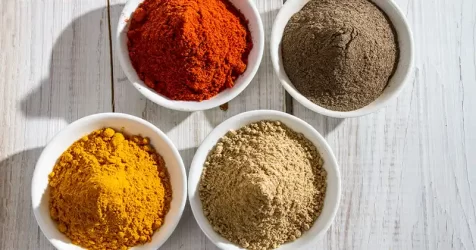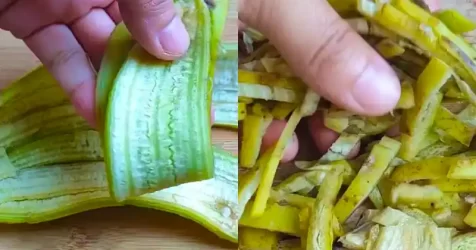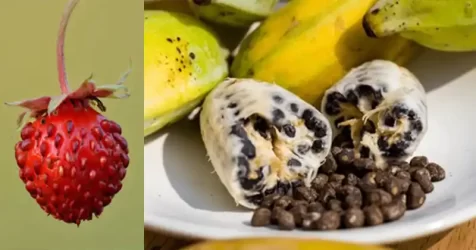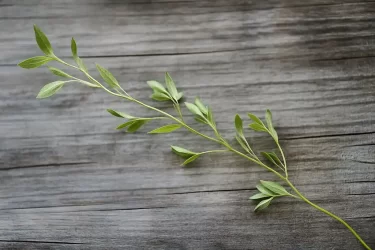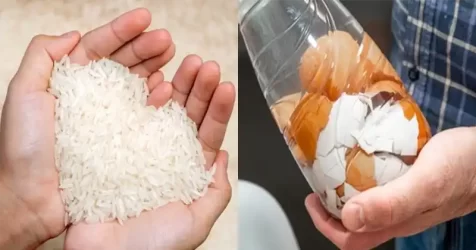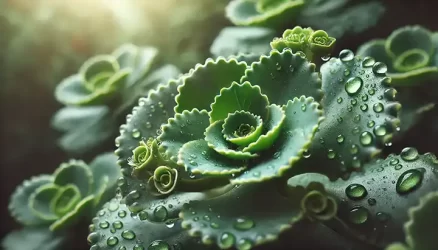Nettle Macerate: The Ultimate Fertilizer, Best Pest Repellent – Preparation and All Uses
Achieving a sustainable garden doesn’t necessarily demand chemical fertilizers. In fact, you can opt for natural and effective alternatives, such as nettle macerate, which serves both as a fertilizer and pesticide. Crafted with care and organic ingredients, nettle macerate harnesses the power of salicylic and formic acids to combat pests, nurture the soil, and promote optimal growth.
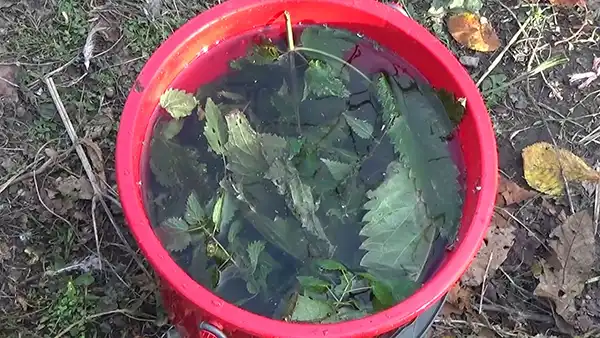
Unveiling Nettle Macerate: Its Preparation and Applications
Nettle macerate emerges as a boon for gardeners seeking eco-friendly solutions. This homemade concoction not only spares your pocket but also nurtures your garden with utmost care. Rich in essential nutrients and environmentally friendly, this natural formula is a game-changer.
Understanding Nettle Macerate: Benefits and Insights
Before delving into the details, let’s acquaint ourselves with the star ingredient – nettle. This hardy plant boasts emerald-green leaves with serrated edges, thriving in moist, nitrogen-rich soil within shaded areas.
Renowned for its stinging properties, nettle is more than just a garden resident. Bursting with vital nutrients like minerals and vitamins A, C, and K, nettle doubles as a diuretic, detoxifier, and anemia fighter. Its versatility extends from health elixirs to culinary delights, including savory dishes and even pasta!
Harnessing its potential, nettle transforms into an effective pesticide, safeguarding your garden while fostering robust plant growth. The rich composition of nitrogen, iron, vitamins, and minerals ensures your green haven thrives.
Preparing Nettle Macerate: A Step-by-Step Guide
Start by donning a pair of garden gloves before venturing into the realm of nettle collection, given its sting-inducing nature. Arm yourself with a bucket, water, and pruning shears.
Creating nettle macerate is a straightforward process:
- Fill a sizable container, like a bucket, with nettle leaves – avoid compacting them.
- Pour water over the leaves until submerged, and seal the container.
- Let the mixture sit for approximately 3 weeks.
- After the incubation period, strain the blend and transfer it to a bottle with a dispenser.
With your nettle macerate ready, it’s time to explore its diverse applications.
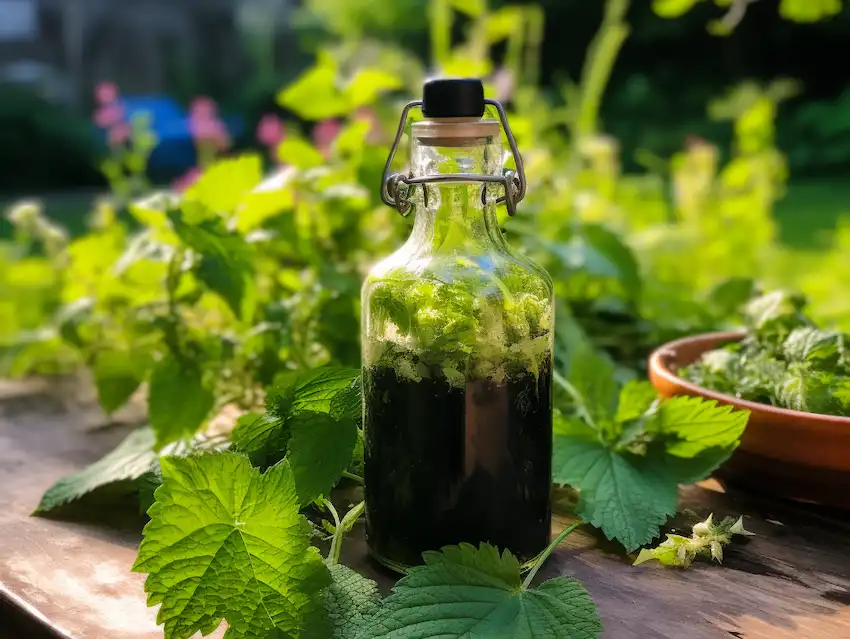
Utilizing Nettle Macerate: Enhancing Your Garden’s Potential
To fertilize plants and flowers, dilute the nettle macerate by combining 100 ml of the solution with 10 liters of water. This nourishing blend facilitates optimal growth and vitality.
Bid adieu to unwanted ants by spraying the mixture around windows and doors using a spray bottle. Additionally, the macerate serves as an exceptional compost enhancer, expediting the decomposition process.
To encourage lush growth, water your plants every two weeks with this homemade tonic.
Defeating Aphids and Red Spider Mites: A Natural Pest Solution
When combating aphids or red spider mites, apply a part of the macerate as a direct spray. Unlike traditional methods, you’ll witness results within 12 hours, eliminating the need for a 15-day wait.
Preserving Nettle Macerate: Longevity and Storage
To extend the shelf life of nettle macerate, introduce a small amount of vinegar (approximately 2-3% of the liquid volume) to the mixture. Store the concoction in an airtight container within a cool, low-traffic area – don’t be alarmed by any temporary odor, as it signifies the product’s potency.
Now equipped with this eco-friendly arsenal, you’re ready to elevate your gardening endeavors.









